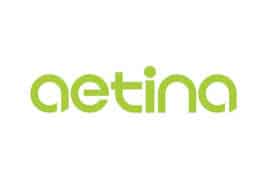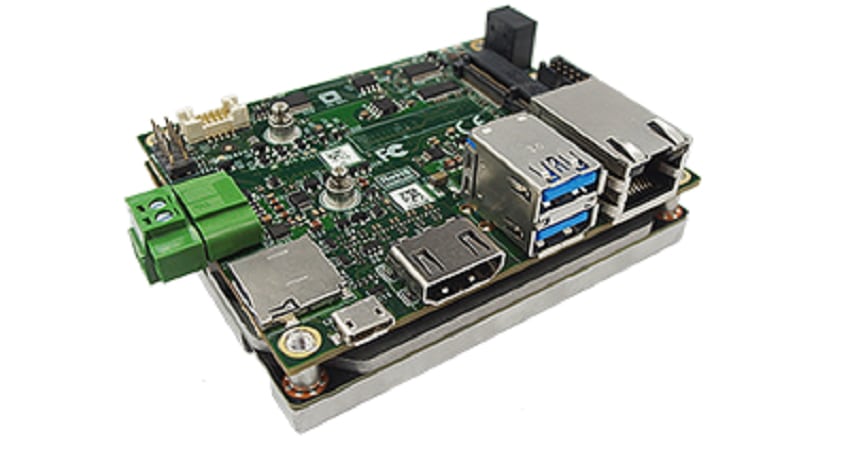 Aetina released new, lower-cost versions of their existing Aetina Jetson TX2 series carrier boards. Aetina was founded in Taiwan in 2012 and currently provides NVIDIA carrier boards. A carrier board (aka base board) houses the application-specific connectivity and multimedia interfaces such as USB, Ethernet, UART, HDMI, etc. The carrier board connects with the SoM via standard connectors such as SODIMM or MXM.
Aetina released new, lower-cost versions of their existing Aetina Jetson TX2 series carrier boards. Aetina was founded in Taiwan in 2012 and currently provides NVIDIA carrier boards. A carrier board (aka base board) houses the application-specific connectivity and multimedia interfaces such as USB, Ethernet, UART, HDMI, etc. The carrier board connects with the SoM via standard connectors such as SODIMM or MXM.
Aetina released new, lower-cost versions of their existing Aetina Jetson TX2 series carrier boards. Aetina was founded in Taiwan in 2012 and currently provides NVIDIA carrier boards. A carrier board (aka base board) houses the application-specific connectivity and multimedia interfaces such as USB, Ethernet, UART, HDMI, etc. The carrier board connects with the SoM via standard connectors such as SODIMM or MXM.

With their small form factors, the Jetson TX2 carrier boards are targeted at the computer vision and other edge AI computing needs. The smallest of the TX2 boards is the ACE-N510 which is aimed at the smart camera, robots, drones, industrial inspection, and mobile medical markets. Next up in size is the AN310 which is designed specifically for 360° surrounded view applications. Last but not least is the largest of the boards, the ACE-N622 board which is still quite small at 120mm by 120mm and is targeted at low-power envelope AI computing applications. Only the ACE-N510 & AN310 models have the lower-cost 4GB models at this time.
The ACE-N510 is palm-sized, coming in at just 87mm by 50mm. The new 4GB TX2 versions of the boards support the same 1.3 TFLOPs computational performance and 256 NVIDIA CUDA cores as the traditional TX2 carrier boards, but at only a little over half the price. The new, lower-cost boards, also support all the same I/O ports as the original boards. The boards include 1x HDMI, 2x CAN Bus, 1x Micro USB 2.0 OTG, 2x USB 3.0, 1x RS-232, 1x UART and 4x GPIO.
The AN310, pictured above, is forty percent large than the ACE-N51. The AN310 dimensions are 87mm by 70mm. Like their smaller cousins, the new 4GB TX2 versions of the boards support the same 1.3 TFLOPs computational performance and 256 NVIDIA CUDA cores as the traditional TX2 carrier boards, but at only a little over half the price. The new, lower-cost boards, also support all the same I/O ports as the original boards. The boards include 1x HDMI, 2x CAN Bus, 1x Micro USB 2.0 OTG, 2x USB 3.0, 1x RS-232, 1x UART and 4x GPIO.
Availability
Immediately
Sign up for the StorageReview newsletter
